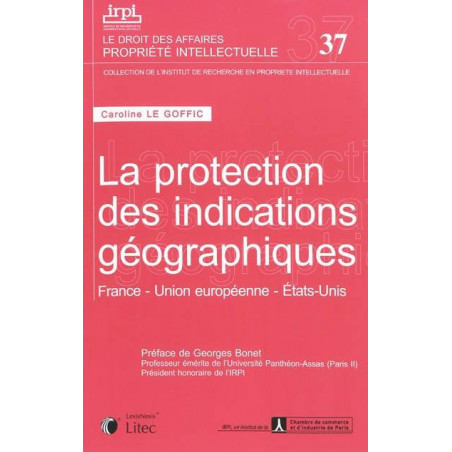



Visa, MasterCard, Amex, Paypal, Scalapay, Chèque ou Virement

à 0,01€ dès 35€ d'achat en France* (sauf Corse & OM)

Livraison à domicile, au bureau ou en Relais Pickup

« Champagne », « jambon de Parme » ou « oranges de Floride » ne sont que quelques exemples, parmi tant d'autres, d'utilisations de noms de lieux pour désigner des produits mondialement réputés. Ces désignations constituent des indications géographiques, c'est-à-dire des signes identifiant des produits originaires de lieux auxquels peuvent être attribuées des qualités, réputations ou caractéristiques desdits produits.Comment le droit organise-t-il la protection de ces signes, protection justifiée par la valeur économique qui s'y attache ainsi que par l'information qu'ils apportent aux consommateurs ? Quels sont les instruments juridiques utilisés pour parvenir à cet objectif ? À quels obstacles se heurte la mise en oeuvre de la protection au niveau international ?À partir d'une étude de droit comparé des régimes des indications géographiques en France, en Europe et aux États-Unis, cet ouvrage a pour ambition d'apporter des réponses claires à ces interrogations. La grande hétérogénéité des conceptions relatives aux indications géographiques permet de comprendre le choix de l'instrument de protection privilégié en Europe (appellation d'origine) et aux États-Unis (marque de nature collective). Face à cette diversité souvent conflictuelle, l'ouvrage vise à dégager une conception unifiée des indications géographiques, en vue de la construction d'un modèle international de protection conciliant les différentes approches. Des solutions sont ainsi proposées afin de remédier aux difficultés que rencontre la mise en oeuvre d'une protection efficace au plan international.
Fiche technique